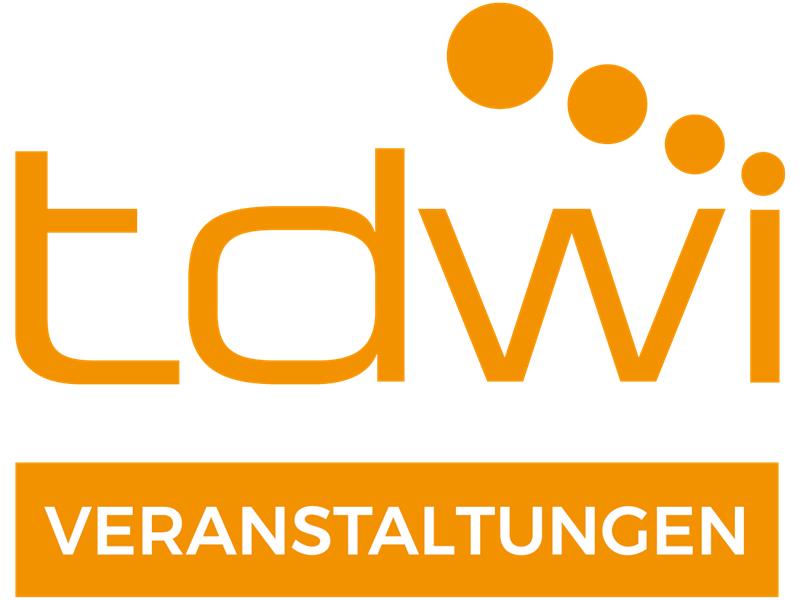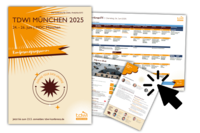Hier könnt ihr die Programmübersicht der TDWI München 2025 mit einem Klick als PDF herunterladen.
A path to a register-centered data management
To implement the Once-Only principle, we are required to introduce a strictly register-centered data management for the entire administration. The aim is to achieve broad data interoperability between registers and information systems. This talk will illustrate our ongoing, comprehensive change process from an organizationally grown data management to a modern, register-centered, standardized data management based on harmonization. We highlight the necessary building blocks that facilitate such a change.
Target Audience: business leaders/professionals, data manager, chief of data officers, data governance officer
Prerequisites: Basic knowledge data management, data governance and/or data driven culture
Level: Advanced
Extended Abstract:
Since several years we observe a steadily and strongly growing demand for up-to-date information. This motivated the Swiss federal administration to modernize its data management including the harmonization and standardization of registers. To date, while personal data (name, sex, date of birth, etc.) are available in different registers that keep records for individuals residing in Switzerland, rules and formats of their storage vary from canton to canton (26 in Switzerland) and also between our federal offices. This renders seemingly simple tasks like data sharing, comparisons and matching quite hard.
Moreover, to implement the Once-Only principle (that citizens, institutions, and companies have to provide certain standard information to the authorities only once), we were required to introduce a strictly register-centered data management for the entire administration.
The Swiss State Secretary for Migration (SEM) is the register-leading government agency for the central information system of migration (ZEMIS), i.e., the main personal register for foreign nationals who live or reside in Switzerland. Around 30,000 employees of security and migration authorities at municipal, cantonal and federal level use ZEMIS daily. Note that this register is surrounded by numerous peripheral systems and subsystems.
Given the Swiss Register Harmonization Act (2015), since about eight years the SEM is in the process of harmonizing its ZEMIS register in collaboration with all the concerned register keeping public units on the national and cantonal level. The basis for this harmonization is this catalogue of characteristics established by the Federal Statistical Office. In parallel, we have prepared harmonization steps for the related subsystem of ZEMIS. The aim is to achieve broad data interoperability between the ZEMIS and other registers or information systems. For example, all new births in Switzerland will be announced electronically in the civil register, which can automatically integrate this information in ZEMIS without having to enter it manually. This saves time and guarantees improved data quality.
This talk will illustrate our ongoing, comprehensive change process from an organizationally grown data management to a modern, register-centered, standardized data management based on harmonization. We highlight the necessary building blocks that facilitate such a change.
Senior Data Manager
Yvonne Sperlich works as data manager and data governance officer at the Swiss State Secretary for Migration (SEM) in Bern. Before, she worked in the same function at the International Trade Centre (ITC), an organization of WTO and UNCTAD, in Geneva. She holds a PhD in applied economic research from the University of Göttingen, Germany.



